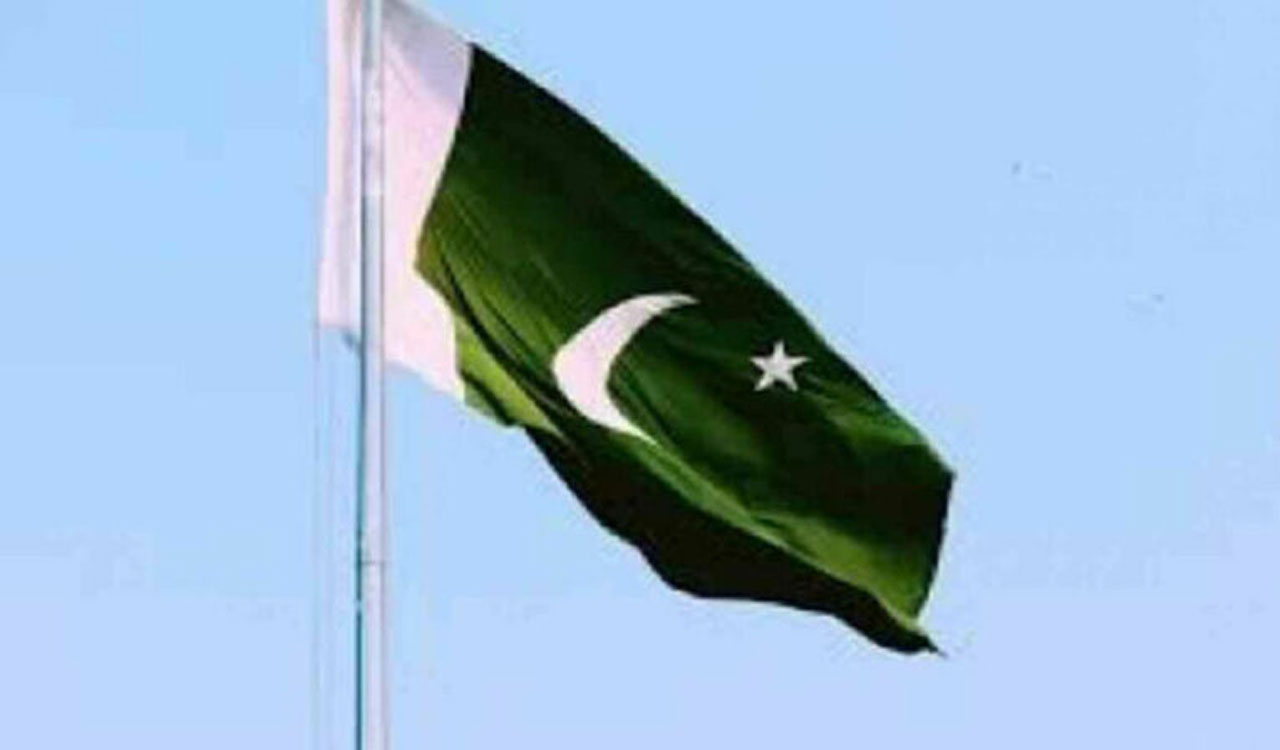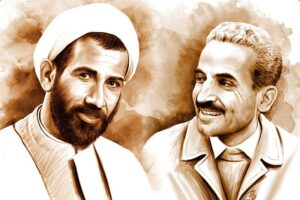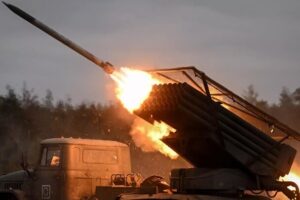The index particularly increased due to the rise in energy prices, as the pace of increase in perishable food items reached single digits.
Updated On – 08:21 PM, Tue – 3 October 23

Islamabad: Inflation in Pakistan jumped to 31.4 per cent in September, the highest rate in four months, due to an increase in prices of electricity and fuel, affecting the people the maximum at a time when poverty and unemployment were already witnessing a sharp rise, Pakistan-based The Express Tribune reported.
The index particularly increased due to the rise in energy prices, as the pace of increase in perishable food items reached single digits. Presently, a unit of electricity is 164 per cent more expensive in comparison to September last year.
Similarly, the gas price is 63 per cent higher than last year. The petrol in Pakistan is sold at Pakistani Rupees (PKR) 324 per litre. Prices of non-perishable food items, like politically sensitive sugar, continued to remain on the upward trajectory, according to The Express Tribune report.
The Pakistan Bureau of Statistics (PBS) on Monday said that the Consumer Price Index reached 31.4 per cent in September in comparison to a year ago. It was the highest inflation reading in the past four months and it is for the first time in four months when it reached again over 30 per cent barrier.
The fresh reading revealed that the government and the State Bank of Pakistan are set to miss their annual inflation target of 21 per cent by a wide margin despite inflicting heavy costs on the exchequer and the businesses by keeping the interest rates at 22 per cent.
Pakistan’s annual inflation rate reached highest-ever level of 38 per cent in May due to supply shocks, currency devaluation, and the absence of any checks on hoarding and profiteering, The Express Tribune reported.
Last week, Pakistan’s Interim Finance Minister Shamshad Akhtar said that 95 million people or nearly 40 per cent of the population live in poverty as of last fiscal year. Akhtar told the Senate Standing Committee on Finance the unemployment rate has reached 10 per cent.
According to PBS, the inflation reached 29.7 per cent in the cities and 34 per cent in the rural areas. The food inflation stayed at 34 per cent in urban areas and 34.4 per cent in the rural regions.
According to PBS, sugar was up to 94 per cent more expensive in September in comparison to a year ago. The core inflation, which is calculated after excluding the volatile energy and food prices reached 18.6 per cent in urban areas and 27.3 per cent in rural areas in September, according to the report.
The prices of food and non-alcoholic beverages witnessed a rise of 33 per cent last month. The non-perishable goods witnessed an increase of 38.4 per cent in their prices. However, the perishable goods prices rose less than 5 per cent on the back of better supplies.
Price of wheat flour saw an increase of 88 per cent. Price of spices saw a rise of 79 per cent. Meanwhile, tea rates witnessed an increase of 73 per cent and price of rice saw nearly two-third increase in the prices, according to the PBS. Electricity charges in Pakistan witnessed an increase of 164 per cent, price of textbooks rose by 102 per cent and gas charges increased by 63 per cent, according to the PBS, The Express Tribune reported.
For the July-September period of the current fiscal year, the data revealed that the average inflation rate stood at 29 per cent, which was far higher than the official target of 21 per cent for the current fiscal year.





